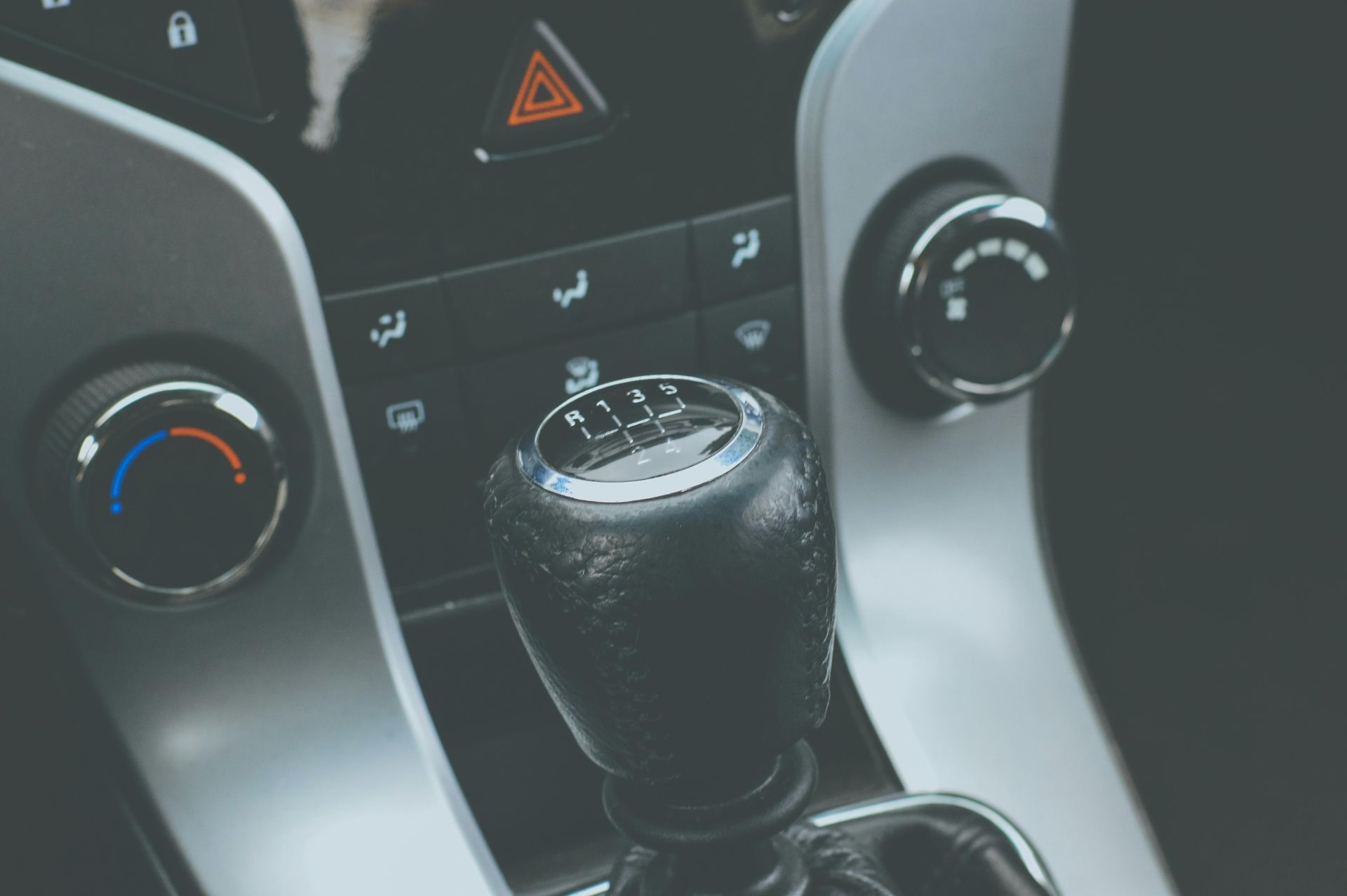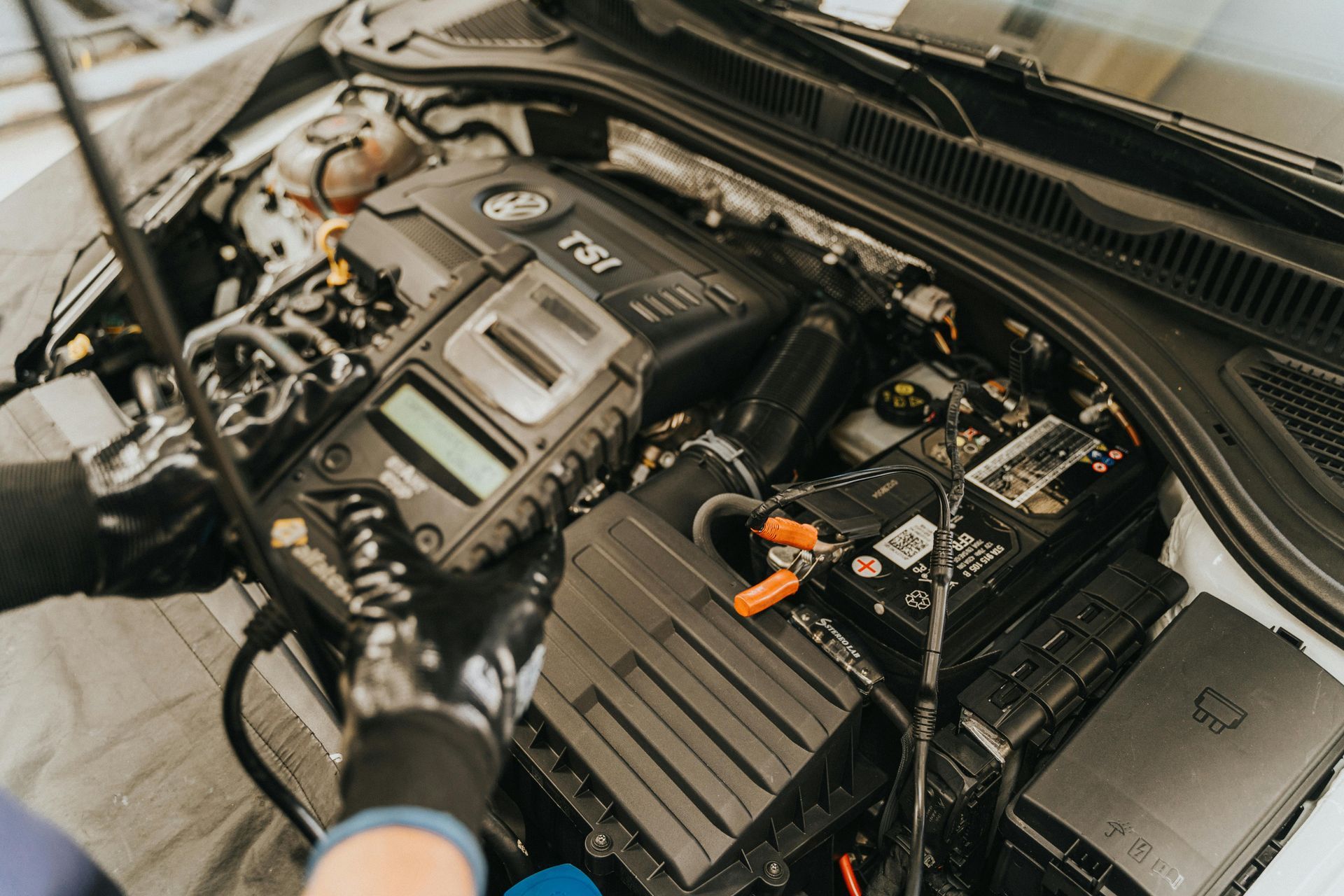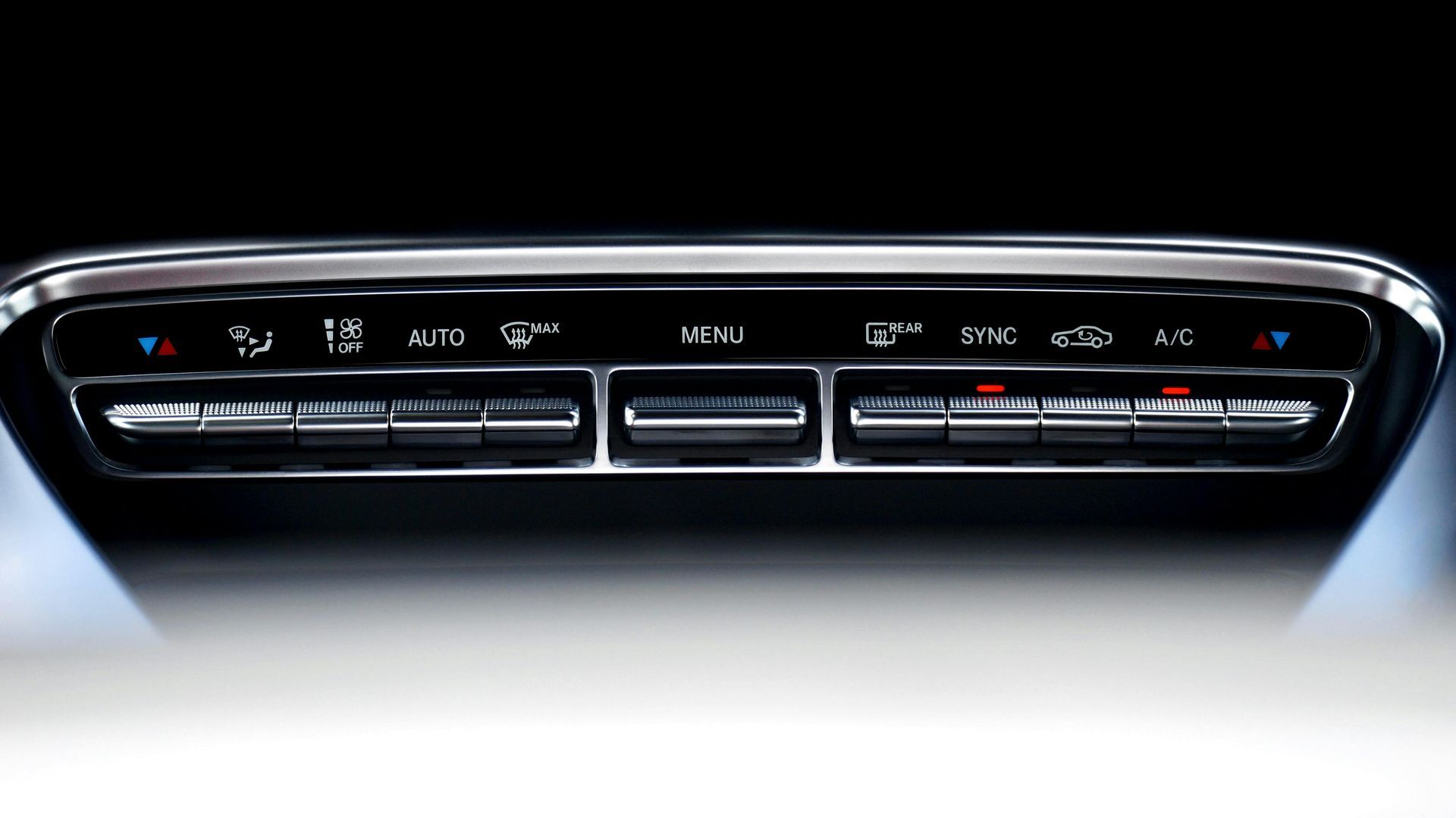By Stephane Grabina
•
September 8, 2025
Fall in Maryland brings stunning foliage, cooler temperatures, and significantly more rain. For drivers in Rockville and the surrounding Montgomery County area, wet autumn roads create driving challenges that require proper tire preparation. Your tires are the only contact point between your vehicle and the road, making their condition critical for safe fall driving. Maryland's autumn weather patterns can change quickly, bringing sudden downpours that turn familiar roads into slippery hazards. Whether you're commuting through downtown Rockville or traveling the winding roads near Potomac, having tires ready for wet conditions could prevent an accident. Here's how to prepare your tires for Maryland's wet fall roads and stay safe during the rainy season. Why Fall Roads Are More Dangerous Autumn creates unique driving hazards that many Maryland drivers underestimate. Leaf Coverage Wet leaves on roads become extremely slippery, especially when they cover lane markings and road signs. Tree-lined streets common in Bethesda and North Bethesda can quickly accumulate dangerous leaf layers after rain. Temperature Swings Maryland fall temperatures can vary by 30 degrees between morning and afternoon. These changes affect tire pressure and road surface conditions, creating inconsistent traction throughout the day. Increased Rainfall Fall brings more frequent rain to the region. Roads that seemed fine during summer's dry conditions can become treacherous when wet. Storm drains filled with leaves can cause flooding in low-lying areas around Rockville. Oil and Debris Buildup Summer heat bakes oil and rubber residue into road surfaces. The first fall rains bring this contamination to the surface, creating slick conditions that catch drivers off guard. Check Your Tread Depth Adequate tread depth is crucial for channeling water away from your tire's contact patch with the road. The Penny Test Insert a penny into your tire's tread groove with Lincoln's head facing down. If you can see the top of Lincoln's head, your tires have less than 2/32 inch of tread remaining and need immediate replacement. Legal Requirements Maryland law requires minimum tread depth of 2/32 inch, but safety experts recommend replacing tires when tread reaches 4/32 inch for wet weather driving. At 4/32 inch, your stopping distance on wet roads increases significantly. Uneven Wear Patterns Check all areas of each tire for uneven wear. Bald spots, excessive wear on one side, or center wear patterns indicate alignment problems or improper inflation that reduces wet weather traction. Monitor Tire Pressure Regularly Proper tire pressure becomes even more important during fall's temperature fluctuations. Temperature Effects Tire pressure drops approximately 1-2 PSI for every 10-degree temperature decrease. Maryland's fall weather swings mean you could lose significant pressure overnight during cold snaps. Weekly Checks Check tire pressure at least weekly during fall, preferably when tires are cold (before driving). Use the pressure recommendations found on the sticker inside your driver's door frame, not the maximum pressure printed on the tire sidewall. Underinflation Dangers Underinflated tires have larger contact patches that can't effectively channel water away. This increases hydroplaning risk and reduces steering response when you need it most. Recognize When Replacement Is Necessary Several signs indicate your tires won't handle Maryland's wet fall roads safely. Visible Wear Indicators Modern tires have built-in wear indicator bars that appear when tread depth reaches 2/32 inch. If these bars are flush with the tread surface, replacement is legally required. Sidewall Damage Cracks, bulges, or cuts in tire sidewalls create weak spots that can fail suddenly, especially dangerous on wet roads where you need maximum tire integrity. Age Considerations Tires older than six years should be inspected professionally regardless of tread depth. Rubber compounds deteriorate over time, reducing grip on wet surfaces even if tread appears adequate. Vibration or Noise Changes New vibrations or road noise often indicate internal tire damage that compromises safety, particularly in wet conditions where tire performance is critical. Maintain Proper Tire Rotation Regular tire rotation ensures even wear patterns that improve wet weather performance. Rotation Benefits Even tread wear across all four tires provides consistent traction in wet conditions. Uneven wear creates varying grip levels that can cause unpredictable handling during emergency maneuvers. Rotation Schedule Most vehicles benefit from tire rotation every 5,000 to 7,500 miles. Check your vehicle's manual for specific recommendations, as some European vehicles have directional tires that require special rotation patterns. Professional Inspection Tire rotation appointments provide opportunities for professional inspection of tread depth, sidewall condition, and wear patterns that might indicate other vehicle problems. Consider Tire Type and Quality Not all tires perform equally well in Maryland's wet fall conditions. All-Season vs. Summer Tires All-season tires generally handle wet conditions better than summer performance tires. If your car came with summer tires, consider switching to all-seasons for Maryland's varied weather patterns. Tread Pattern Importance Tires with deeper grooves and more aggressive tread patterns channel water more effectively. This is especially important for drivers who frequently travel rural Montgomery County roads where water drainage may be limited. Quality Differences Higher-quality tires typically use better rubber compounds and tread designs that maintain grip in wet conditions longer than budget alternatives. Local Driving Considerations Rockville area driving conditions create specific tire challenges during fall months. Highway vs. City Driving Interstate 270 and the Capital Beltway drain water better than local roads, but higher speeds increase hydroplaning risk. City streets in downtown Rockville may have poor drainage that creates standing water hazards. Construction Zones Ongoing construction projects around Montgomery County often create uneven road surfaces and poor drainage. These areas require extra attention to tire condition and driving techniques. Commuter Patterns Heavy traffic during rush hours means less opportunity to avoid wet road hazards. Good tires provide confidence for quick lane changes and emergency stops in challenging conditions. Professional Tire Services While you can check basic tire conditions yourself, professional inspection and service ensure optimal wet weather performance. Comprehensive Inspections Professional tire technicians can identify problems that aren't obvious to vehicle owners, including internal damage, irregular wear patterns, and alignment issues that affect wet weather handling. Proper Installation New tire installation requires proper balancing, alignment checks, and pressure calibration that affect performance and safety. Professional installation ensures your tires perform as designed. Ongoing Monitoring Tire shops maintain service records that help track wear patterns and replacement timing, ensuring you're never caught unprepared for Maryland's wet weather conditions. Stay Safe This Fall Don't wait for the first serious rainstorm to discover your tires aren't ready for wet roads. Proper tire preparation is one of the most important safety investments you can make for Maryland's challenging fall driving conditions. If your tires need inspection, rotation, or replacement before fall weather arrives, the experienced technicians at Excluservice are ready to help. We've been keeping Rockville drivers safe since 1984 and understand how Maryland's unique weather patterns affect tire performance and safety. Our comprehensive tire services include tread depth inspection, pressure monitoring, rotation, and installation of quality tires that handle wet conditions effectively. We work with all major tire brands and can recommend the best options for your vehicle and driving patterns. Contact Excluservice today at (301) 756-5757 or visit us at 12224 Parklawn Dr to prepare your tires for safe fall driving. Don't let worn tires put you and your family at risk on Maryland's wet autumn roads.














